Iran Lime, advantages
Iran Lime, advantages
Iran Lime is reducing the permeability of mortars and coatings to water, reducing the shrinkage caused by drying mortar and maintaining its volume after hardening and hardening are the merits of adding lime to cement mortars. Lime reduced mix drying time in humid areas, reduced soil moisture shrinkage and expansion, accelerated fracture of clay soils, increased strength, reduced moisture penetration and increased soil durability and reliability are the advantages of using lime.
How to make lime
In general terms, lime can be made in three ways.
Traditional way
Industrial method (machine)
Preparation of lime from inflatable sand
Iran Lime producing in traditional way
lime In this method, there were digs at the site of the lime mine, and eventually the ground was slightly dug out of the furnace, where the beetle and the limestone were also layer-by-layer trimmed with mud and burned from the bottom of the furnace. It kept the lime and ash moist. This caused the limestone to reach its melting point and also moisture caused the lime to break down, leaving the lime in liquid from the bottom holes.
Iran Lime producing in industrial method (machine)
For making lime in this method, stones are thrown from mines in large bunkers inside the bunker, under a bunker there is a feeder that directs the boulders inward, with a certain tonnage into the jaw crusher. In this part, the lime rocks are converted to a diameter of 1 to 2 cm. The lime conveyor belts, moving from bottom to top, dump the material into another bunker, material from the second bunker into the feeder beneath the bunker, and from there to the hammer crusher. The output of this section is lime between 2 and 4 cm in size. Again the materials are screened by conveyor belts. Here the soil is separated from the rocks by a sieve. The rest of the material is then fed into the skip of special lifts and transported from the top by hydraulic valves to the lime furnace.
Iran Lime preparation from inflatable sand
Lime Although Iran has vast resources of Lime stone, there are abundant calcareous sand in some places, such as Khuzestan and the northern coast of the Persian Gulf and the Oman Sea. Lime sand can also be baked like lime and converted to lime, and by the usual method of lime-washing, the Lime is separated from the impurities. This crushed lime can be used to make lime-sand and lime mortar. Baked Lime cooked from Lime sand has the characteristics of usually lime. Studies have shown that sandstones in the above areas have high Lime sand, which can be more economical to cook than lime for baking. The Lime obtained by this method can be used to make Lime-sand and lime mortar.
Iran Lime specifications
Pure white Lime is white, but impurities can partially change its color. If the limestone impurities are magnesium carbonate, it is called dolomitic Limestone and is cooked by magnesium Lime. When impurities are clay and siliceous limestones, they are produced by baking, depending on the amount of impurities, semi-lime or blue Lime.
How to prepare lime
To prepare the Lime, mix the Lime powder with the soil and moisten it. In this way, they keep Lime and soil inside special ponds for about 7 hours at a time. The Lime is broken into water and so-called open. Experience has shown that to avoid swelling, it is best to stay in the water for at least 5 hours a day, after which it has restrained its reactions (a series of chemical reactions have taken place) during the required time. This method of preparation is to prevent the appearance of latent potentials, to inflate and prevent the formation of sulfates. It should be borne in mind that Lime mulching with lime paste or round lime pulp and mixing with soil is not permitted to achieve high-quality Lime mulch. The use of lime slurry allows the slurry to be easily lined up around the soil grains, creating a uniform reaction between clay and slurry.
Lime application
The following are some of the major uses of calcareous Lime.
Use lime on asphalt
Use Lime for Stabilization of the canal bed and stabilization of the road bed
Application of Lime in construction
Application of Lime in manufacturing industry (cement making – limestone sand brick making – glass industry – steel etc)
Apply Lime prevent root canal attack of different trees on canal lining and its destruction
Lime in the use of calcareous shafts replaces the calcareous behind structures and…
Lime for filling the seam and sewing the layers of soil
Application of Lime in water industry
Using Lime to make sugar from sugarcane
Lime application on asphalt
Injection of Lime slurry is one of the methods used to repair highways and roads in areas where clay under asphalt has potential leakage, and the injection of Lime slurry converts clay into Lime slag. One way to inject Lime slurry is to pierce the surface of the asphalt surface and pressurize the Lime water under the asphalt layer. Alternatively, the use of holes 1 to 4 cm in diameter and 1 to 2 cm deep on the road is damaged.
Pour the crushed Lime into the holes and add the water and mix to form a slurry paste. Pour the soil out of the hole into it again, and a layer of bitumen is drawn on it.
Lime in construction
Mortar, plaster and plaster work
Lime has been used in building mortar for centuries for many years. This important application is present in both old and modern applications. Mortars made of Lime and cement have high working potential with compressive strength and low water permeability.

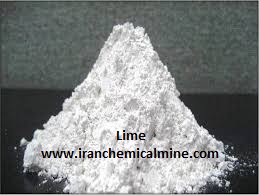
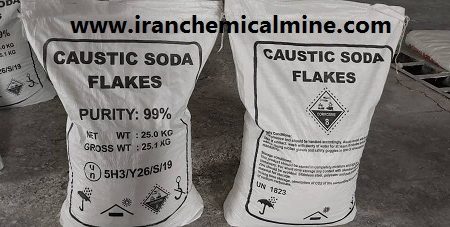
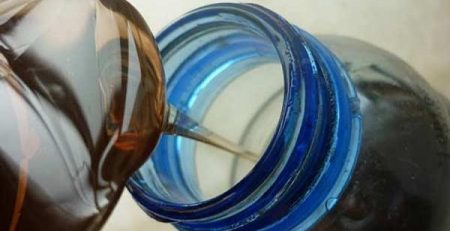
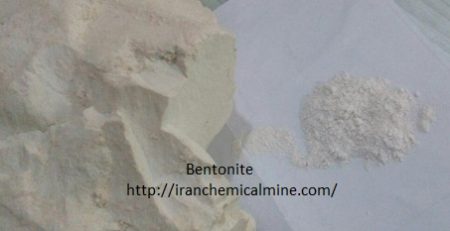
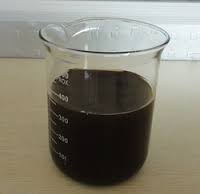
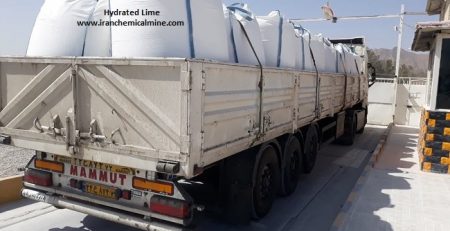
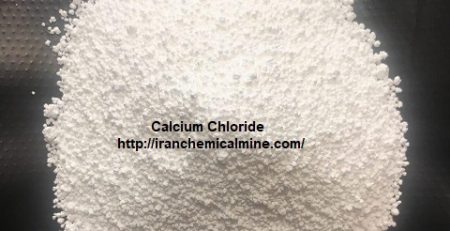
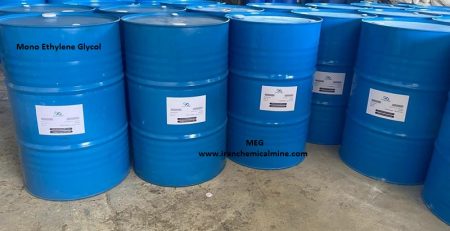
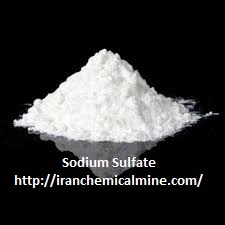

Leave a Reply